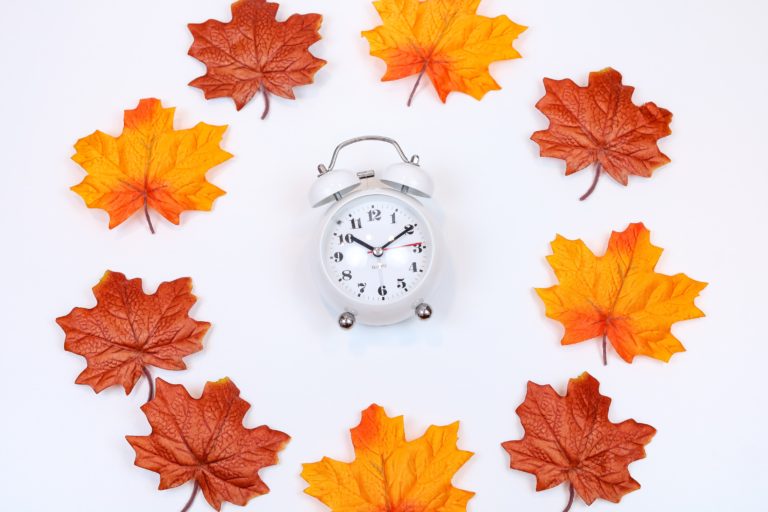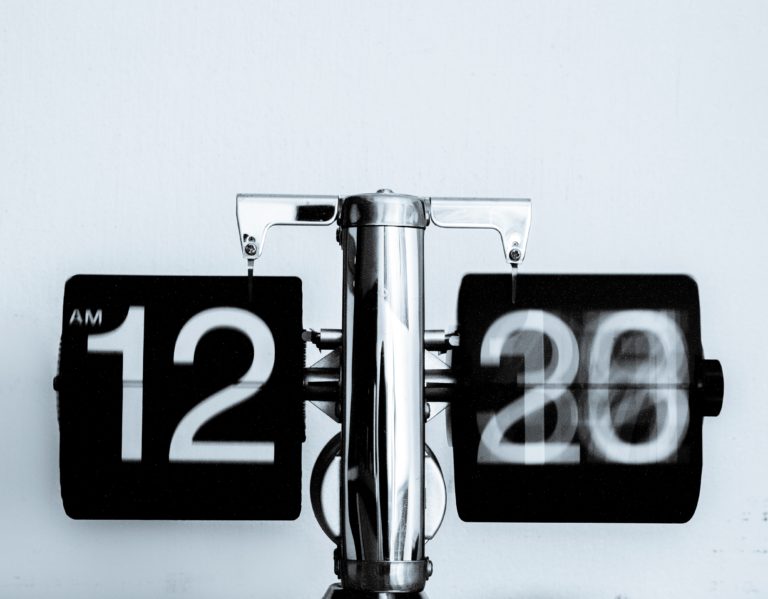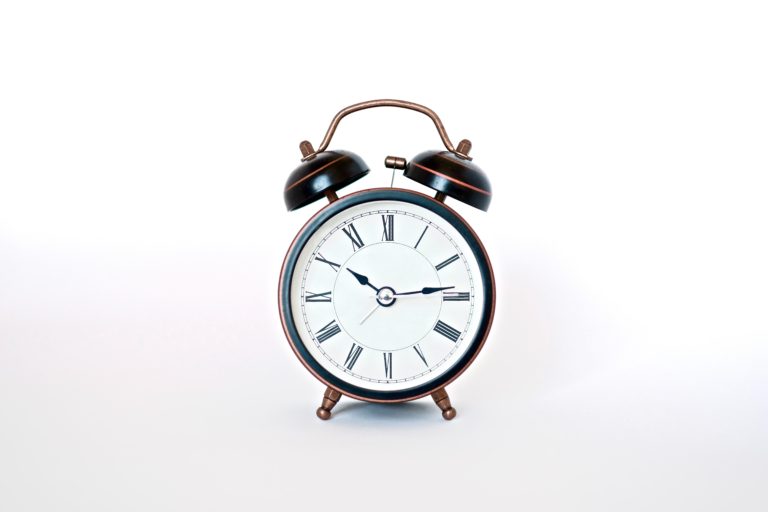Daylight saving time just passed for the second and final time for this year. Many people observe this time of the year, yet very few people know the origin of it or why we observe it. Instead of doing your own research I did it for you. So sit back and read this with some coffee as I tell you about daylight saving time.
For starters, many people call it “daylight savings time” when it is actually “daylight saving time” and you might think that there isn’t a difference, but writers and linguists would like to disagree. The word “saving”, in this context, is singular and is working as an adjective rather than a verb, so it doesn’t have that extra ‘s’ as the tail end of the word.

Some people like to give credit to Benjamin Franklin for the idea of daylight saving time, though when he published an essay in 1784 suggesting people to rise with the sun it was intended to be satirical in nature, not a serious piece at all. And upon further inspection to the essay he is only suggesting people rise earlier, with the sun, not change the clocks completely.
The real credit should be given to William Willet, an Englishman who lived near London. In 1907 he thought of the idea to move clocks forward by 80 minutes in April and then move them back at the end of October, to make sure that people could enjoy the sun to its fullest extent in the summer. During this year and until he died in 1915 parliament kept stymying the process and William never saw it to the end.
It was first adopted into the German way of life in 1916, and then soon after Britain way of life as well. In 1918 daylight saving time was adopted into the American way of life because of the war efforts that were coming around with World War 1. Many people now think that farmers were the ones that wanted this change, though they were in fact very against the change citing that animals don’t abide by clocks and will not change their schedule no matter how early a farmer gets up. This opposition made congress repeal the Act the following year, though some larger cities still kept the adopted time change.

There was a lot of chaos in the states in the years after the repeal and in 1965 if someone took a train from Steubenville, Ohio, to Moundsville, West Virginia which is a 35 mile train ride they would have gone through seven different time changes. This chaos came to an end in 1966 with the Uniform Time Act, which standardized daylight saving time from the last Sunday in April to the last Sunday in October, although states had the option of remaining on standard time year-round.
There are still states, territories and some countries that do not follow the daylight saving time routine. These states are Arizona and Hawaii, and some of the US territories that don’t follow daylight saving time are American Samoa, Guam, Puerto Rico, the Virgin Islands and the Northern Mariana Islands. In total only about 70 countries observe daylight saving time, and those closer to the equator tend to not join in on daylight saving time.
